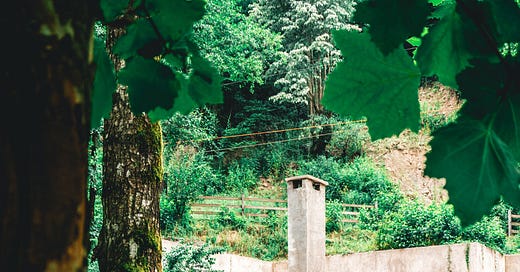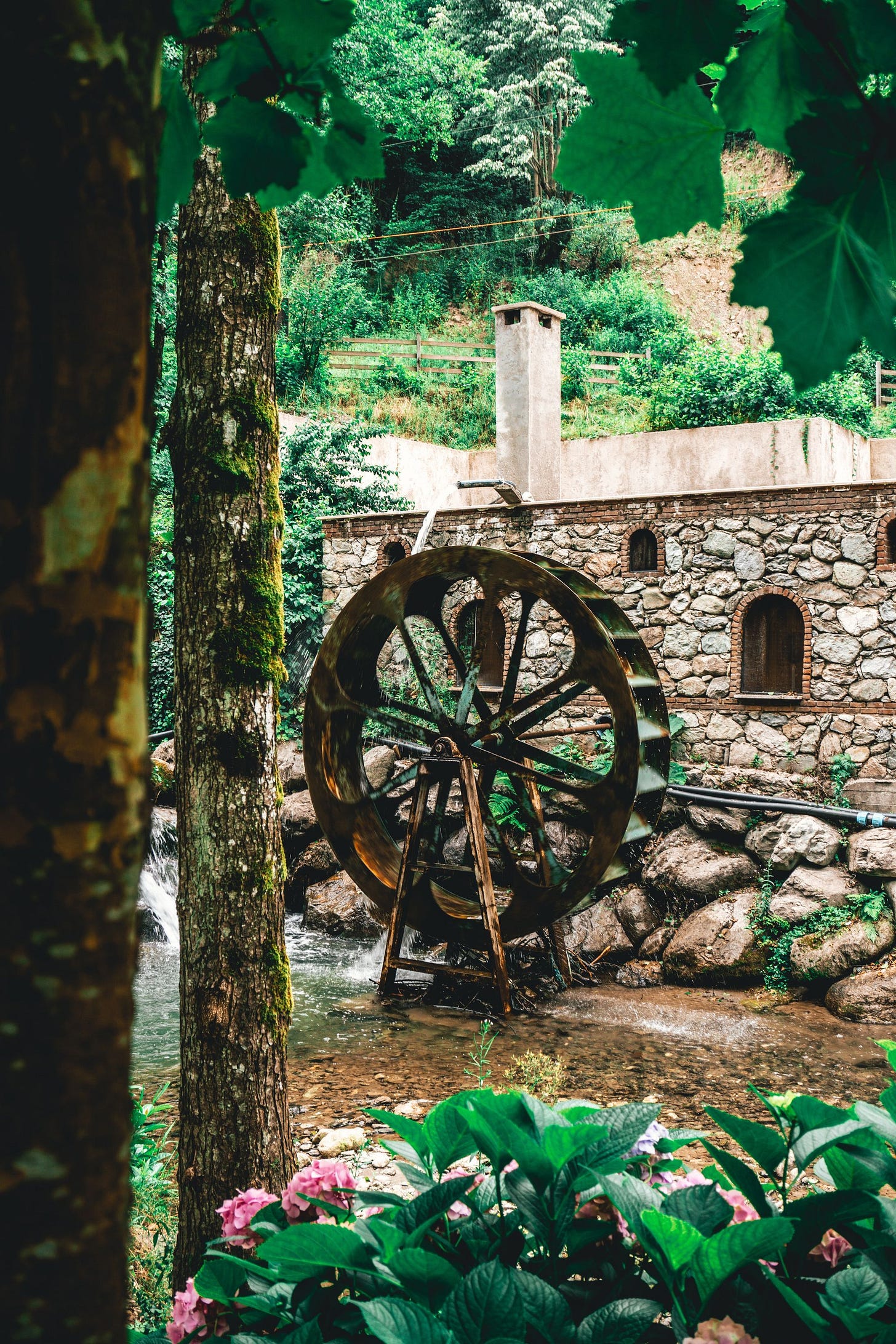As part of working on a fantasy novel set in the Bronze Age, some of the research I do is to confirm when certain pieces of technology originated. In my most recent chapter, I thought it might be fun if my protagonist used a waterwheel to help put out a fire. But first, I had to figure out whether that was plausible...
Fun Facts
Waterwheels serving only t…
Keep reading with a 7-day free trial
Subscribe to Manuscriptions to keep reading this post and get 7 days of free access to the full post archives.



